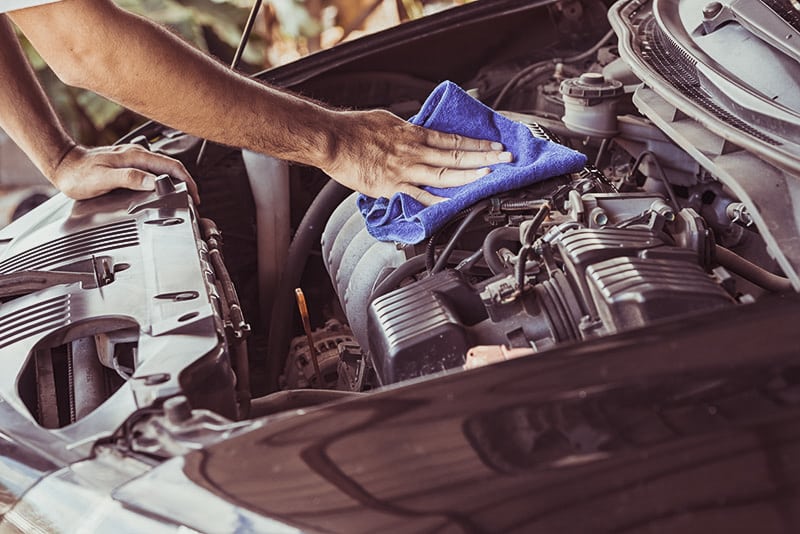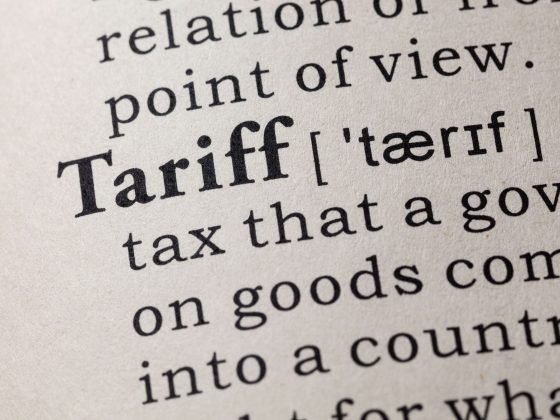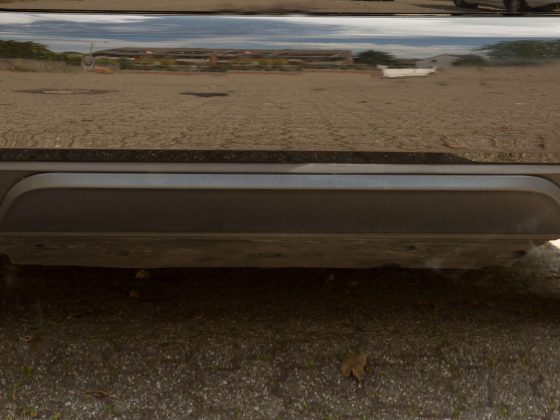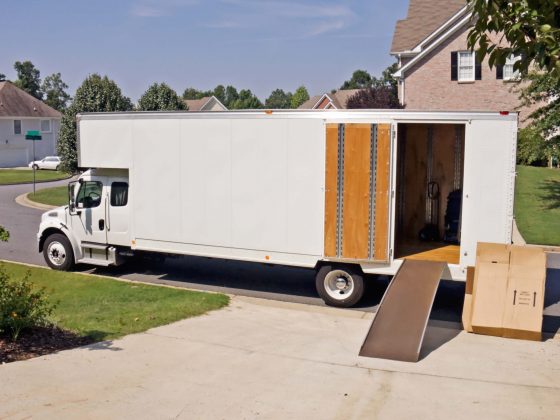Just because you are not a car expert doesn’t mean you always have to take your car to the nearest mechanic for things that you could fix yourself.
Use eTags© to Quickly Complete Your DMV Service. Renewals, Title Transfers and More, All Online!
The more you learn about easy auto maintenance, the better! Not only will you be more connected to your car and its features, but you will also save money and that’s a huge benefit.
Car engines, for example, require inside and outside cleaning which are not that hard to do unless you don’t really want to get your hands dirty.
A clean engine makes it easier for you to find leaks, tears, and other damage that could affect the performance of your vehicle.
For that reason, here you’ll learn the simplest way to clean your car engine without having to be a technician.
Eliminate any dirt on your greasy engine
You should start by removing any debris accumulated in your grill, hood, and vent where dirt usually builds up.
Keep a brush handy or use compressed air to accelerate the process as they really act quickly in areas where dirt is hard to remove.
Adjust the temperature of your engine
Once you took care of the buildup dirt, fix the temperature of your car engine to a level that is not too hot but not cold either.
A moderate temperature should you be enough to help you get rid of the accumulated grease that covers your engine compartment.
Cover other areas of your vehicle before wetting your engine
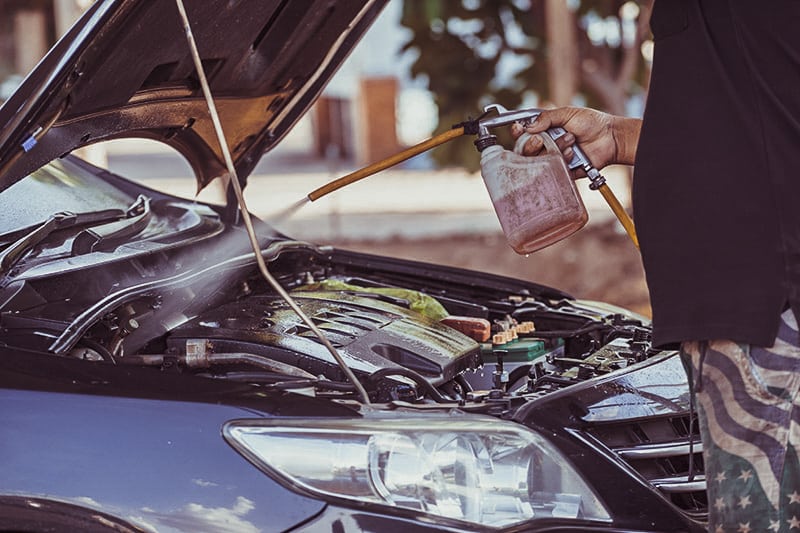
Use some plastic bags to cover sensors, exposed wiring, the distributor, and other plug openings to prevent the water from affecting the performance of these parts.
Here’s a complete list of parts that you need to cover prior to adding water to your engine:
- Sensors
- Exposed wiring
- Spark plug openings
- Car alternator
- Distributor
Use tape or rubber bands to keep the cover firm. Now, you could always protect your battery by covering it with a plastic bag or just remove it if that makes you feel better.
Clean your drip pan
Always check that your engine’s oil drip pan is not storing any hazardous waste during your cleaning.
Use an old towel and place it on a mat that lets you absorb any waste fast and easy.
Where’s your engine cleaning spray?
Spray every exposed and hidden area of your engine with an engine chemical cleaner cautiously.
That’s the reason why we advise using plastic bags to cover vulnerable parts such as electrical wires or sensors.
If you are not sure about what type of spray to get for your engine, consider getting a citrus or water-based degreaser.
For better results, spray the degreaser correctly by focusing on difficult areas and let them soak in for 15-30 minutes. It depends on how greasy your engine is.
Hose off your car engine
After letting the cleaning spray do its part, rinse the engine and its components with water using a moderate-pressure nozzle to avoid any damage on the vehicle parts you just covered.
An standard garden hose does a great job when it comes to rinsing.
Once rinsing is completed, remove the plastic bags and towels, and don’t forget to put the battery back in your car if you removed it.
Don’t forget to rid off any excessive moisture
Let the compressed air take the final touches by removing the excess water in the engine compartment.
At the same time, turn on your car engine and keep it running. The heat of your engine dries areas that are hard to reach.
SEE ALSO: 5 Car Washing Myths That Are In Desperate Need Of Debunking
